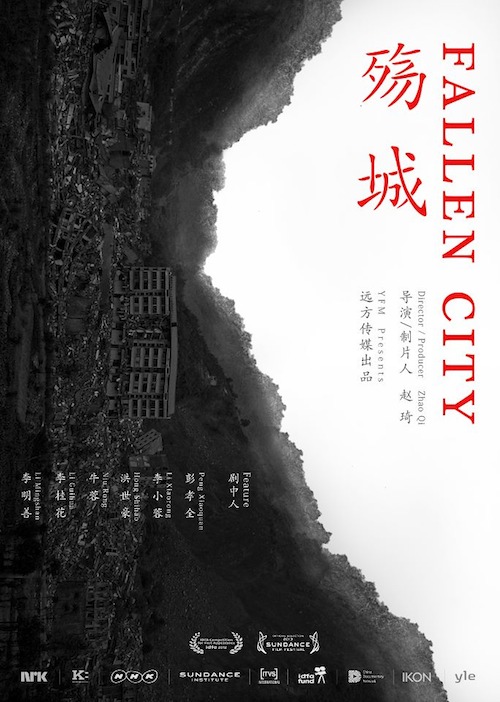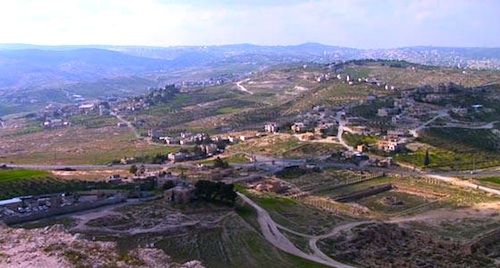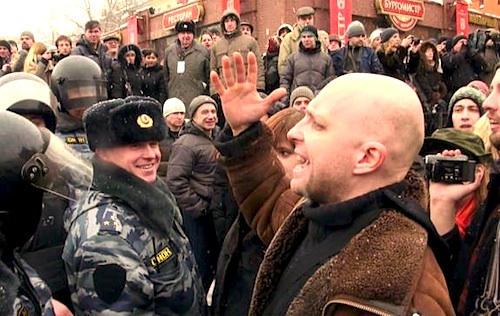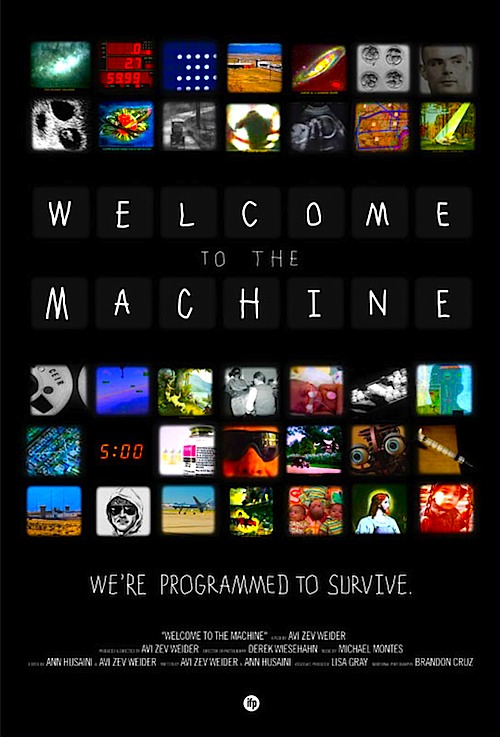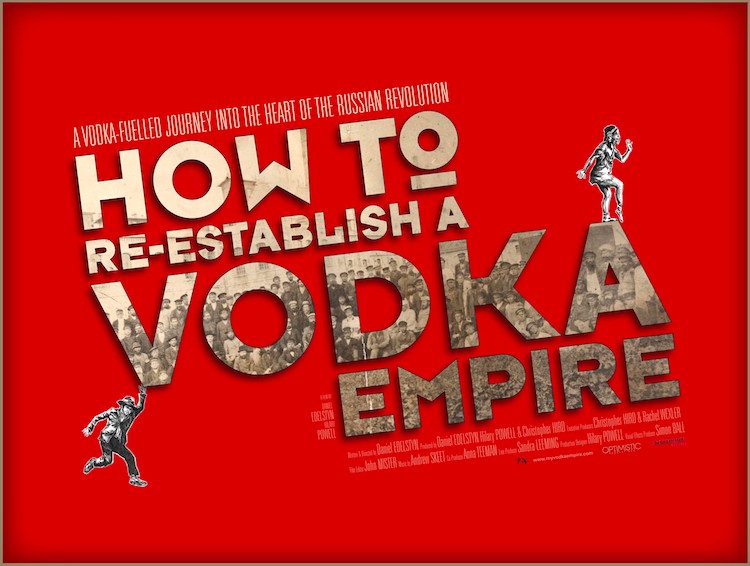By Joe Bendel. For climbers, the math surrounding K2 is daunting. Twenty-five percent of those who reach the summit perish on the way down. It is a factor of altitude plus exhaustion. Nevertheless, the mortality rate for the international expedition scaling the mountain in August of 2008 was unusually high. While the sudden blizzard and subsequent avalanches obviously cost the climbing party dearly, many of the details of what transpired up there remain murky. It is a mystery that survivors and loved ones try to resolve in Nick Ryan’s The Summit (trailer here), which screens during the 2013 Sundance Film Festival in Park City.
Out of the twenty-four who ascended K2 that fateful day, eleven never made it back. That is forty-four percent—or sixty one percent of the eighteen who reached the so-called “death zone.” Gerald (Ger) McConnel became the first Irishman to summit K2. However, his ultimate fate is the driving question of Ryan’s documentary.
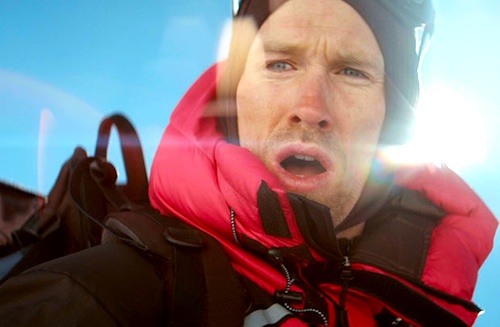
The tragic 2008 climb was not the first controversy surrounding K2. In fact, there was quite a bit of back-biting and finger-pointing after the first successful summitting. Esteemed Italian mountaineer Walter Bonatti never received proper credit for his contributions that allowed his countrymen to stake their claim for glory. Viewers learn this from journalist Concetto La Malfa, who intermittently tells the tale in the persona of Bonatti. Actually, that is not very clearly established in Summit, which is problematic for a documentary – but good golly what a rich voice he’s got.
Despite the flashing backwards and forwards, Summit keeps the audience riveted throughout. Incorporating home videos and footage shot during the climb, as well as staging some surprisingly cinematic dramatic re-enactments, Ryan conveys the personalities of most of the party members, often through their own words. This also increases the suspense as the mountain takes the ill-fated eleven one by one, And Then There Were None-style.
Visually arresting (with ample credit due to cinematographers Robbie Ryan and Stephen O’Reilly, as well as the climbers themselves), The Summit is a perfect doc for viewers who prefer narratives. It is about as story-driven as films get. Ryan’s documentary vividly captures a sense of the punishing Karakoram-Himalayan environment as well as the spirit of adventure that draws people to it. Enthusiastically recommended, The Summit screens today in Salt Lake (1/20), Wednesday (1/23) and Friday (1/25) in Park City, and Tuesday (1/22) in Sundance Resort as part of this year’s Sundance Film Festival.
LFM GRADE: A-
Posted on January 20th, 2012 at 4:39pm.

